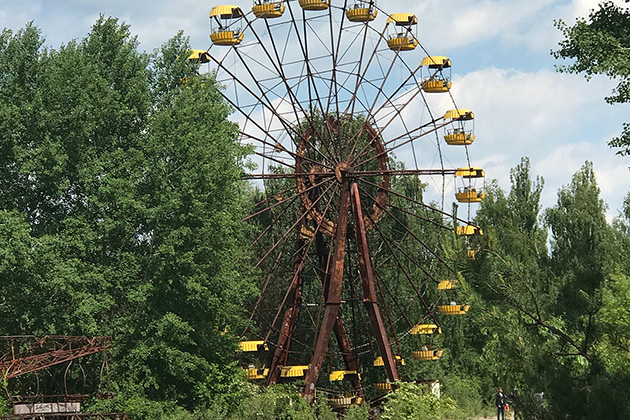Chernobyl Town Sign

Founded in the 12th century, Chernobyl was a small town in northern Ukraine with a population of around 14,000 people before the disaster. It served as the administrative center for the surrounding region.
Following the 1986 disaster, the town of Chernobyl was evacuated within 36 hours due to the high levels of radiation. Residents were given little notice and belongings were left behind.
View of the Chernobyl Nuclear Power Plant After the Explosion on April 26, 1986

Around 31 people, mostly plant workers, perished from the initial blast and radiation exposure. A massive fire raged for several days, spewing radioactive material high into the atmosphere.
The town's fate became linked to the Chernobyl Nuclear Power Plant, built about 15 kilometers north of it in the 1970s. Chernobyl became a "closed town," meaning access was restricted to plant workers and their families.
Debris After the Chernobyl Explosion

Firefighters were not aware just how deadly and dangerous the radiation was when they rushed in to contain the fire from the intial explosion. At least one would die days later from acute radiation poisoning.
Preparing for the Opening of the New Power Plant in 2018

According to Getty Images, "the new plant has about 3,800 photovoltaic panels installed across an area of 1.6 hectares just a hundred metres from a giant metal dome, sealing the remains of the 1986 Chernobyl accident."
Dismembered Dolls Left Behind
A Dosimeter Showing Raditation Levels Near Abandoned Reactor 4 Statue

Built in the 1970s, Reactor 4 was part of a larger power plant with multiple reactors. Reactor 4 was a graphite-moderated, water-cooled RBMK-1000 reactor, a Soviet design with some inherent safety flaws.
Its design lacked a robust containment structure, a critical safety feature that would prevent radioactive material from being released in case of an accident. Additionally, the control rods used to regulate power had a design flaw that could worsen a power surge.
Liquidators Measuring Radiation Levels in the Chernobyl Aftermath

Fun fact: These "anti-chemical warfare suits" offer zero protection from radioactivity.
Inside the Kopachi Kindergarten
Chernobyl Tour
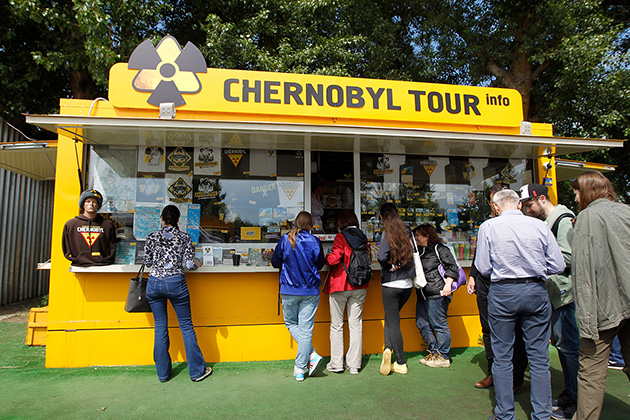
Chernobyl tours are up by 30% in 2019 compared to the previous year, thanks to HBO's show about the 1986 nuclear disaster.
Abandoned Teddy Bears
Old, Preserved Photographs
Chernobyl Nuclear Power Plant a Few Weeks After the Explosion
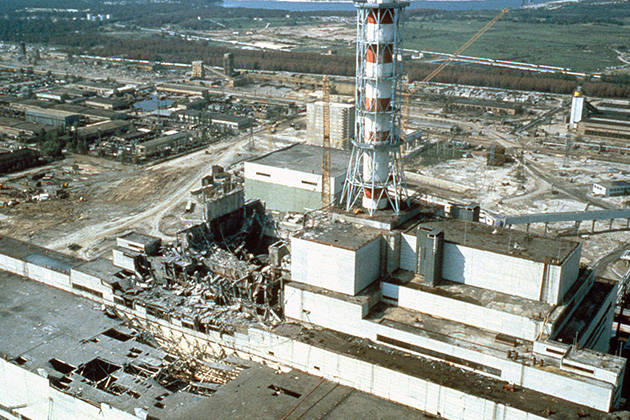
More radiation was released at Chernobyl than by the atomic bombs dropped on Hiroshima and Nagasaki.
Old, Abandoned Ride
A Woman Pays Her Respects to the Chernobyl Victims in Slavutych
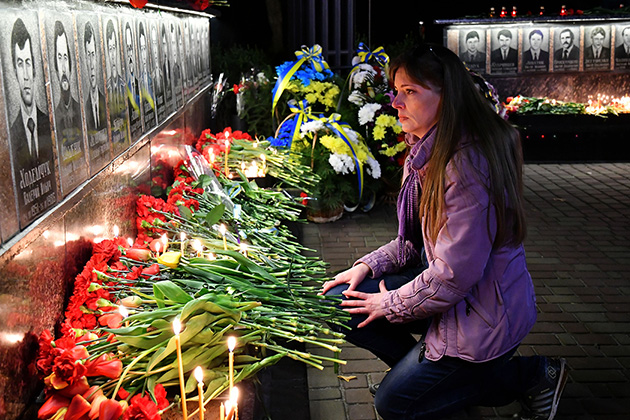
April 26, 2019 marked the 33rd anniversary of the Chernobyl disaster.
Official ceremonies are held annually on the anniversary of the disaster to remember the victims and the emergency workers who responded to the accident. These ceremonies often take place in Ukraine, Belarus, and Russia, the countries most affected by the disaster.
Visitors Take a Tour of Chernobyl
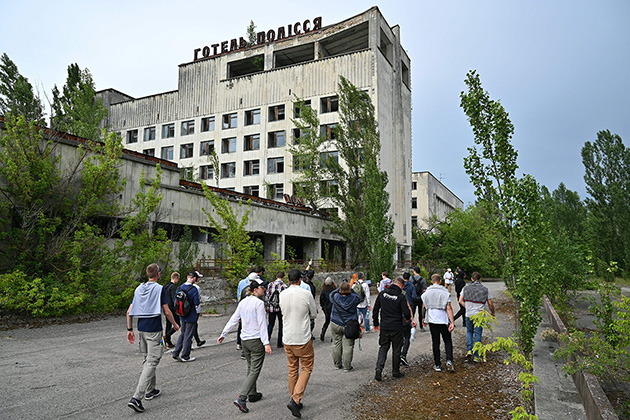
Although Chernobyl tours are generally safe, visitors are encouraged to wear plenty of clothing (no shorts or open-toed shoes) and avoid sitting or touching anything.
An Abandoned Building on the Chernobyl Tour
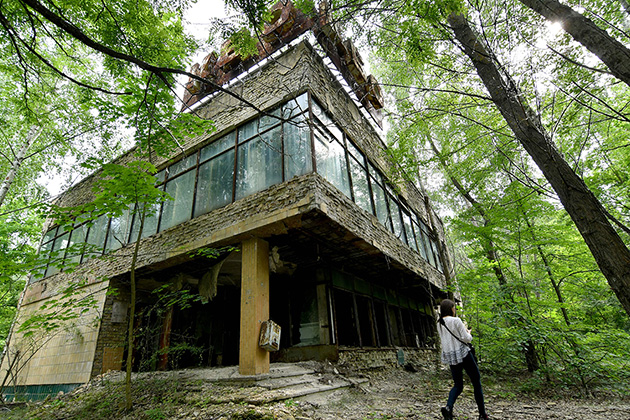
Chernobyl, a city forever frozen in time after the 1986 nuclear disaster, has become an unlikely tourist destination.
Tours of the site offer a basic exploration of the Chernobyl Exclusion Zone, typically lasting around 8-10 hours. They usually include visits to the abandoned city of Pripyat, the Chernobyl power plant (from a safe distance), and other significant sites.
Chernobyl Alley of Names
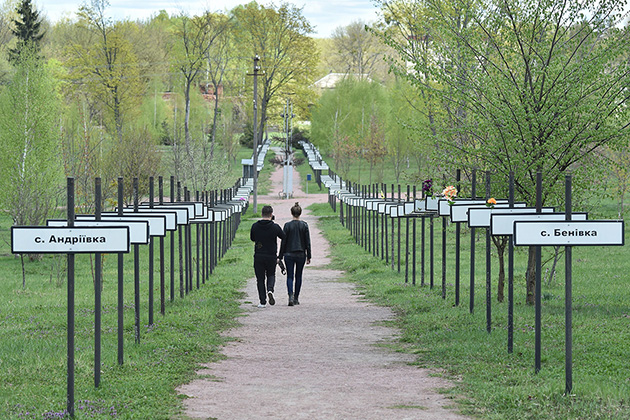
This alley is a memorial to villages and towns that had to be evacuated after the Chernobyl disaster.
Abandoned Ferris Wheel In Chernobyl
Window

Stained glass windows are found in the administrative building of the Chernobyl Nuclear Power Plant, located a short distance from the city of Pripyat.
These eight stained glass windows were created by Mykola Linnik and installed in 1986, just months before the disaster. The windows depicted various scenes related to the history of energy production, from Prometheus stealing fire from the gods to the peaceful use of nuclear power in space exploration.
Abandoned Kids' Toys

The Chernobyl disaster had a significant impact on children's health, particularly those living in the surrounding areas of Belarus, Ukraine, and Russia.
Estimates suggest over 6,000 cases of thyroid cancer were reported in children and adolescents under 18 at the time, with the highest rates in Belarus.
 Author
Jordan Pennington
Last Updated: August 27, 2025
Author
Jordan Pennington
Last Updated: August 27, 2025





